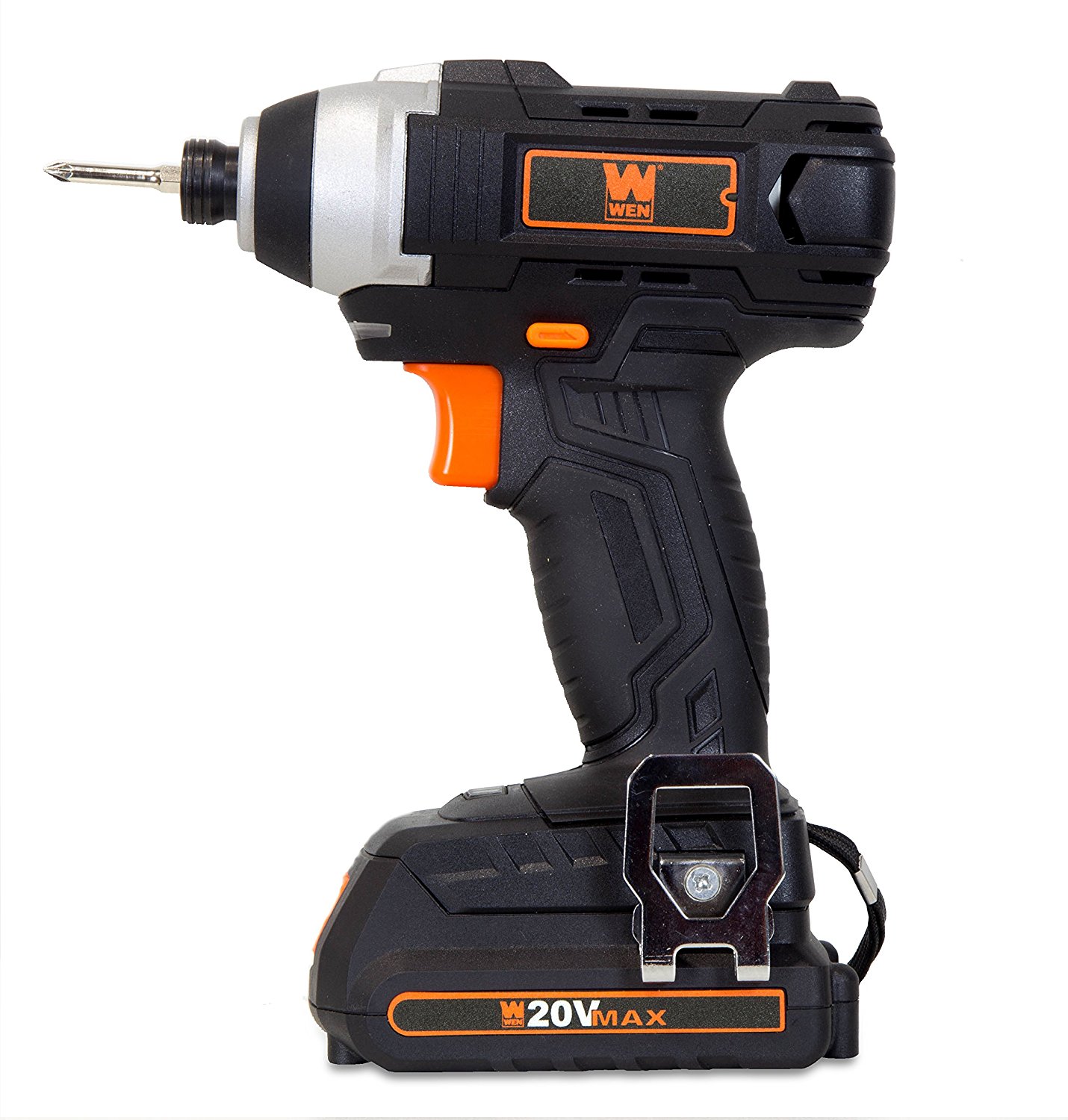

These tools use a hammering action to create impact when tightening or loosening nuts, bolts, screws or other fastenings. If you regularly use a screwdriver in your work, a high-powered impact driver could save you a vast amount of time and labour. Their main advantage is the extra power generated by their hammering action. With lots of power and torque in their light, compact design, they can drive large screws into different surfaces in seconds or create holes like a drill.

IMPACT DRIVER DRILL PROFESSIONAL
If you’re a busy professional tradesperson or keen on DIY, you’ll want the right tool for the job. Each of these tasks has an appropriate tool: an impact drill, impact driver or impact wrench. Lower speeds or modes simply lower the impacts and allow for more delicate application use.Impact tools use an internal hammering mechanism to generate additional force when drilling holes, driving or removing screws and wrenching or unfastening bolts.

On a multi-speed impact tool, to get the most torque you would set it in its highest speed or mode. That additional speed on the anvil produces more impacts-and thus more torque.
IMPACT DRIVER DRILL FULL
Given full power to the motor, an impact tool produces more speed to the rotating anvil.
IMPACT DRIVER DRILL DRIVERS
The speed vs torque “curve” in cordless impact drivers and impact wrenches works differently. The graph below illustrates-in a very general sense-the way speed affects torque in impact drivers and impact wrenches. Speed vs Torque Curve in Cordless Impact Drivers and Wrenches When you use both a drill and impact driver as a one-two punch, you can really shave some time off jobs that include both drilling and driving tasks. In the end, the trade-off makes a lot of sense. That slows things down a bit-though an impact driver is by no means slow. The impact driver, while removing that reactive force, relies on its spinning anvil to drive the fastener with its rotational impacts. Whereas a drill produces a smoother, consistent driving force-it reacts against your arm, producing that more difficult driving experience. This h9lds true even with heavy-duty fastening tasks. It also does this without the reactionary torque to your wrist while driving (see above). This is largely thanks to producing higher torque and the presence of a hammer/anvil mechanism. Speed vs Torque in Impact Drivers (and Impact Wrenches)Īn impact driver excels at driving fasteners. Your leverage and applying force to the handle keep the drill from just spinning in the opposite direction. You really feel this when holding onto the drill. Reactive Torque occurs because the drill motor is driving the chuck and fastener in a clockwise rotation while the drill itself (since it’s anchored to that motor) wants to spin equally hard in the opposite direction. However, this comes at the expense of “reactive torque”. When a drill encounters resistance, it continues driving at a smoother, steadier speed-often getting done more quickly.

However, that driving motion slows down considerably when encountering resistance, and that impact mechanism kicks in. Impact drivers drive quickly-with high RPMs. A drill just tends to do it more smoothly and consistently. You can absolutely add hex shank drill bits to an impact driver and get the job done. Whether using a standard twist bit, spade bit, or even a hole saw, the smooth power transfer makes for cleaner holes than you get with the “violence” of an impact driver. Speed vs Torque in Cordless Drillsĭrills do their best work making holes. Editor’s Note: Check out our article on the difference between an impact driver vs hammer drill.


 0 kommentar(er)
0 kommentar(er)
